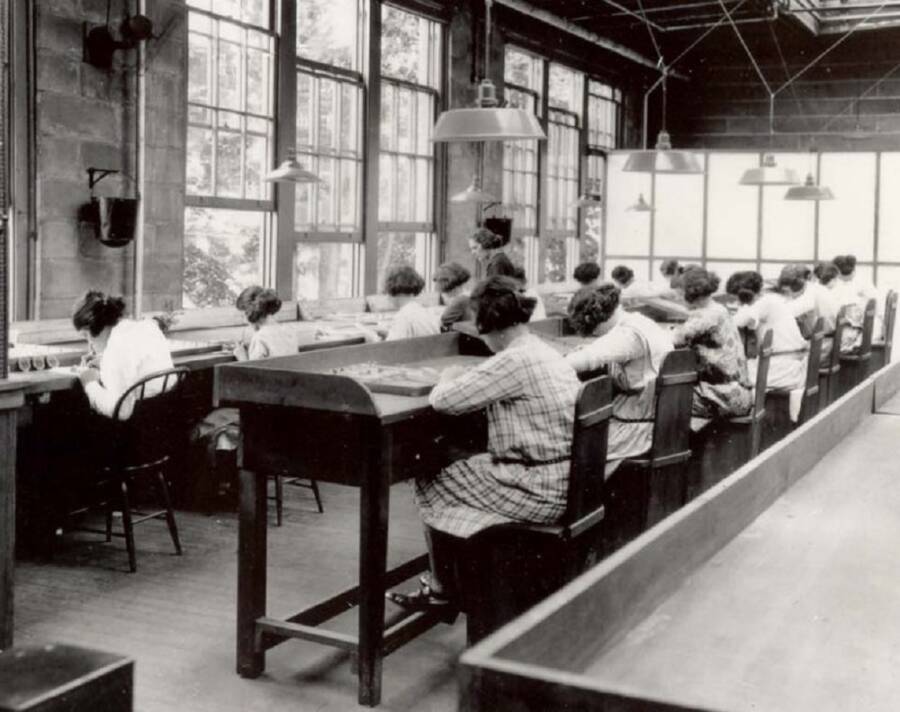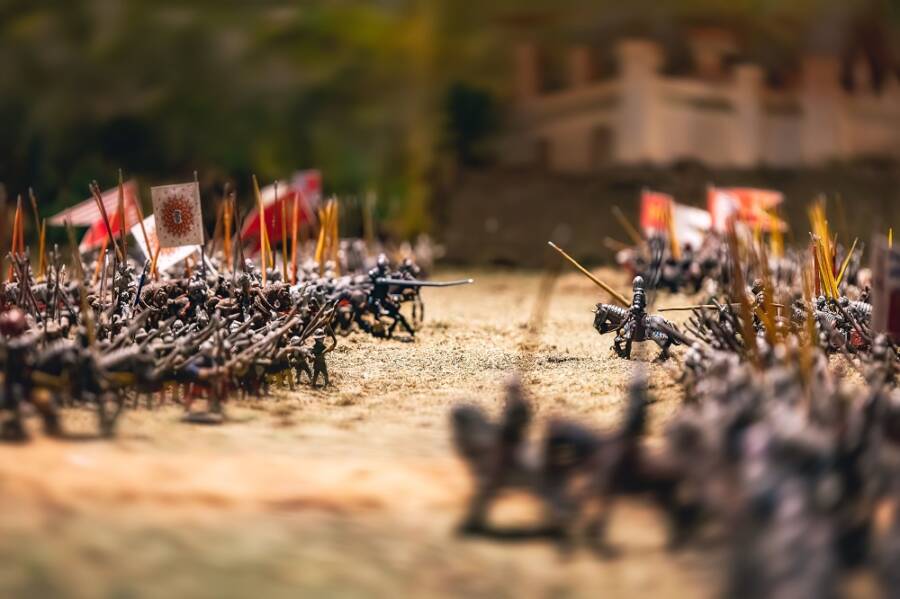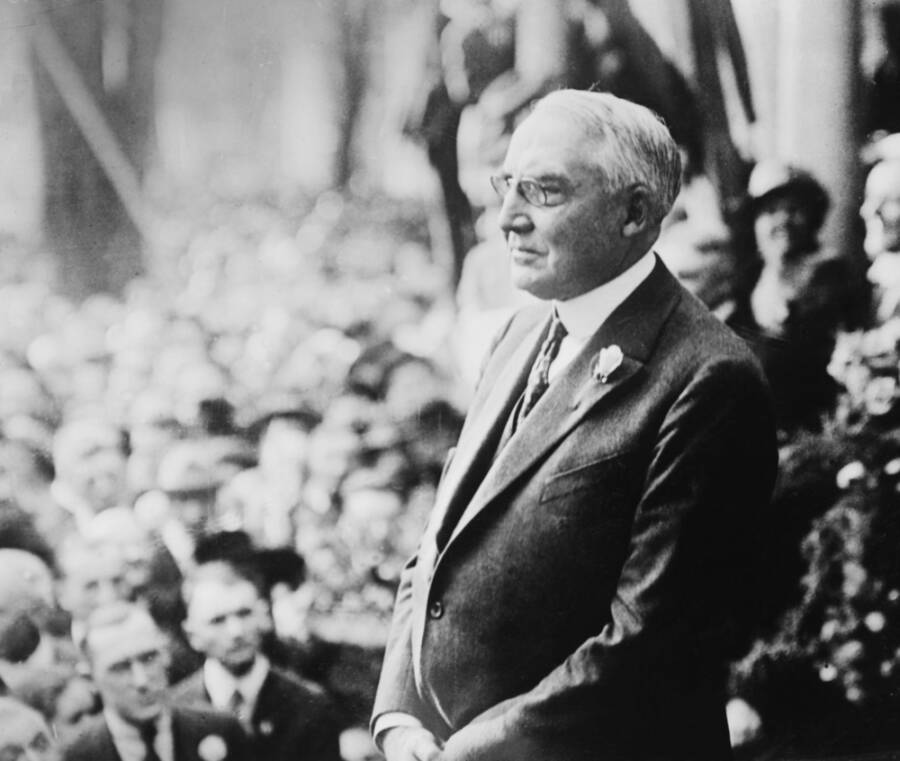These dark historical events will keep you on the edge of your seat!
There is no indication that our interest in history will disappear, and if you’re a subscriber, you know this very well. We constantly leaf through stacks of old books to discover more about our history and comprehend how we affect the world as we know it.
We frequently honor and toast the historical heroes who bravely and kindly changed society for the better. However, not all aspects of our history are inevitably worthy of celebration. In today’s episode on Historical Files, I will dig deeper into some dark historical events that will give you some goosebumps and make you grateful you weren’t alive in those times.

The Radium girls
The first one of the dark historical events is about the radium girls. Radium, a radioactive material that glows in the dark, was used to paint hour markers on watches at a watch business in the 1920s. They didn’t know that radium is harmful, so they performed this without any personal protective equipment. However, the chemists were working in a contained space and outfitted with PPE.
Even worse, they were told to lick the brush’s very tip to create a very tiny point. At night, when they went out, some of them would use it as a fun way to paint their teeth or their nails.
Every time the paint touched them, they would get cancer, and several of them had jaw degradation so bad that bandages were needed to keep their mandibles in place.
The jelly boys
How many of you heard about “jelly boys?” In the 1800s, British aristocrats in India would hire neighborhood boys, covered in jam, to stroll next to them. This practice attracted flies, mosquitoes, and other insects, making for an entertaining experience for the aristocracy and a less-than-neat one for the boys.
In 1494, Europe had a “zombie outburst”
Among those dark historical events worth mentioning, this one will blow your mind. I named the zombie outburst because it was almost as creepy and gross as zombie tales. Let’s see what happened.
The Italian Renaissance had a significant, but little-known, dark side. A major syphilis infection that swept across an entire French army was carried back by sailors returning from the New World. Subsequently, the soldiers dispersed “the great pox” across the remainder of Europe. The effects of this particular disease were that the skin was rotting and the nose, lips, or other body parts of the affected people eventually died.
Are you curious to find out more about diseases in Europe during the past centuries? Check out the book Health, disease and Society in Europe, 1800–1930: A Sourcebook, available on Amazon for $9.80 for the paperback edition. The price may vary if the book is new or used. I’d say it’s a must for all history lovers who are always seeking new and interesting information.
The massacre of Kalavrita
Kalavrita is located in Europe, Greece. This is another horrible event and not many people know about it. On December 13th, 1943, Germans picked up every male villager in a nearby field. Then they used machine guns to shoot them all. Subsequently, the women and children were taken and placed in the church.
Once they put everyone inside the church they set fire to it. After the fire for about twenty minutes, a German soldier unlocked the doors because he could bear it no longer. Most of the individuals died in the fire, leaving just around half of them to survive.
This led to the German soldier being shot, and if you visit Kalavrita now, you may see his name on the memorial. Regretfully, no one was held accountable for the killings.
Boston experienced a deadly molasses flood
Among hundreds of dark historical events that happened in the U.S. and somehow ruined the order of things, the one with the deadly molasses is worth mentioning. North End, Boston, saw the explosion of a massive molasses tank in January 1919. Nearly 2.5 million gallons of the sticky liquid were held in the tank and discharged at a speed of 35 miles per hour across the streets. At approximately fifteen feet high, it was practically a full-fledged tidal wave that took the lives of twenty-one people.
Houses and structures were toppled from their foundations, and 150 additional individuals suffered injuries. Because they had to crawl through the sticky muck, emergency personnel had difficulty getting to the victims. It took weeks for Bostonians to clear up the mess, and years later, many would swear they could still smell the sickly sweet fragrance of molasses in the July heat.

Magdalene asylums
These facilities, often referred to as Magdalene laundries served as “reform” institutions for women who didn’t conform to the ideal of a morally upright citizen. The most famous ones were located in Ireland. Employees of the facility, the majority of whom were nuns, mistreated and harmed the women and girls institutionalized there.
Between the eighteenth and twentieth centuries, these establishments were found in Europe, North America, and Australia. They were frequently governed by religious organizations. Even after they were shut down, everyone knew how awful they were, and slowly, historians began to dig deeper to find more and more atrocities that happened inside those walls.
The New London School Explosion
One of the dark historical events that made everyone say “Oh Lord” happened in a school in New London. The shop instructor at the New London, Texas, school turned on an electric sander in the afternoon on March 18, 1937. He had no idea that there was a significant natural gas leak below the school. Nearly 300 kids and teachers were murdered in a huge explosion that resulted from the sander igniting, setting the gas on fire.
An automobile parked 200 feet away was crushed by a two-ton slab of concrete due to the explosion’s immense severity. The reason for the current scent of natural gas is because of what happened in the school. After the explosion, they began implementing it to ensure that anything like it would never occur again.
The Vipeholm Experiment
The Vipeholm trials were a set of human studies conducted between 1945 and 1955 in which patients at the Vipeholm Hospital for the Intellectually Handicapped in Lund, Sweden, were given a lot of sweets to induce tooth caries. Both the dental community and the sugar business funded the studies to find out if carbs had an impact on cavity growth.
The trials yielded sufficient empirical data to establish a connection between sugar consumption and dental caries, as well as a wealth of knowledge regarding oral health.
The Cadaver Synod
I usually compare European history with sci-fi stories, not because they’re not true simply because they’re so messed up they seem out of this world. The pope ordered the exhumation of a former pope’s body so that it might be tried for a fictitious crime. To cancel his papal succession retrospectively, they exhumed his bloated, seven-month-old body and found him guilty. Then they threw the corpse into a river.
The pope was overthrown by the enraged populace and strangled in jail. The corpse was removed from the river, and its papacy was brought back postmortem by the subsequent pope.
To make people stop drinking, they poisoned the barrels
Prohibition was hard for many people, especially for those who enjoyed drinking. After all, what is life without a small glass of wine at the end of the day, huh?
The government organized and supported a scheme to poison barrels of whiskey during the Prohibition era to make people ill and discourage them from drinking illegal booze. Of course, the experimenters failed because many of them ended up dying, but the number of drinkers increased.
You may be interested in seeing what are the 8 Chilling Photos Nobody Can Explain to This Day.





